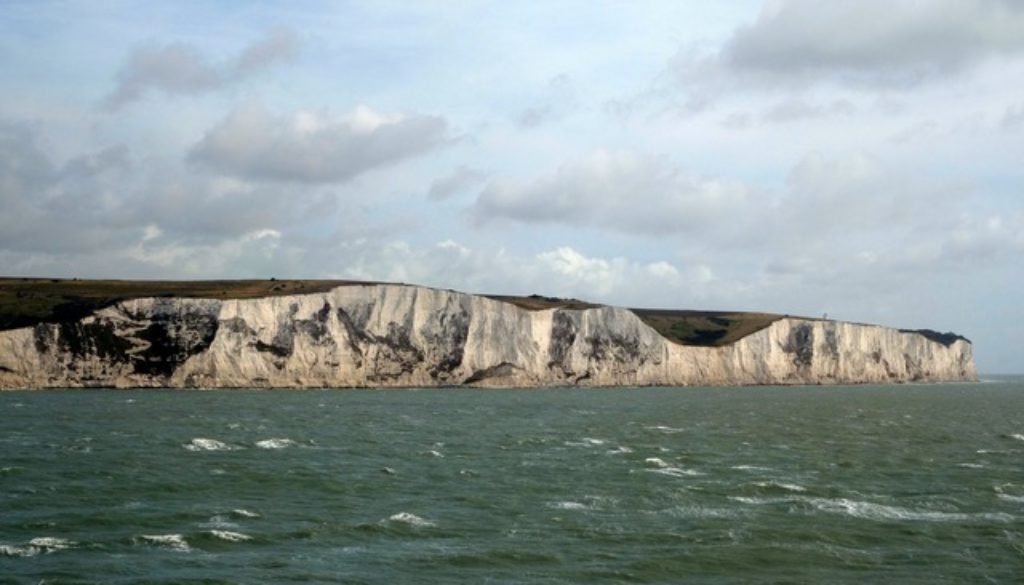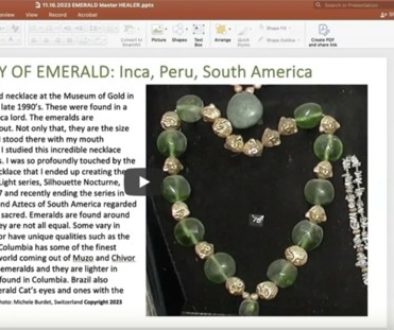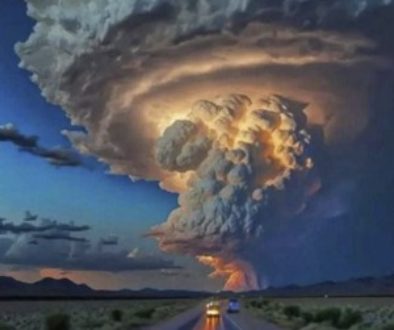Walking the Land: What’s Under Your Feet?
Have you ever wondered about the soil and rocks under the land where you walk—or where your home is built? If you haven’t, you should. Because soil and rocks contain energy. This invisible energy is absorbed by our aura and our energy field, where it is moved to the correct energy field (there are 9 of them) and chakra (9 of them) to be pulled into and utilized. That in turn can affect us spiritually, mentally, emotionally, and physically. Depending upon the color of the soil or rock, you can determine which chakra(s) is involved. The type of soil also gives us a lot of information about the kind of energy we live and walk upon. This is why you should be aware. In this week’s blog, I’d like to talk about the type of soil and how it can matter to us.
Let’s go back to the beginning: Long ago, rocks were worn down and became soil. Then, plants, trees, and other organic matter mixed with it to help create a type of soil in an area, for example sand or clay. The rocks that create the soil that we live upon belong to three major groups: igneous (volcanic/basalt/lava), metamorphic (shaped by pressure and heat), and sedimentary (deriving from the ancient oceans of Earth).
Deposits lay together over time and became compressed by salt, fresh water, or other types of pressure, to form sedimentary rocks. Imagine millions of years ago when many, many seas covered Earth. The deposits that fell to the sea floor, or freshwater lakes and rivers, could have been from animals that died (shells, bodies of fish, dinosaurs, etc.), mineral deposits, or organic particles (such as leaves, trees, or other organic debris) and created these layers. For example, oil is a fossil fuel; coal was created from plant debris; and ores are derived from sedimentary rock formations above and below the earth’s surface. Limestone is formed by calcium or by an organic means such as from mollusk shells and corals. It’s estimated that less than eight percent of Earth’s crust is composed of this type of rock.[1]
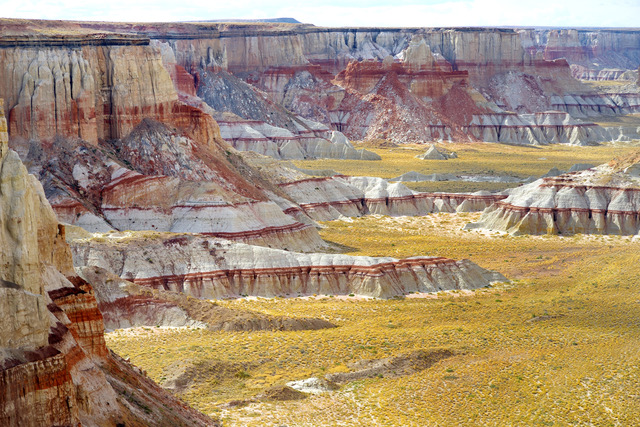
To live in a primarily sedimentary area indicates that you have the opportunity to work on your emotions, primarily wounds that we all accumulate. Most of our emotional wounds take place in the first eighteen years of our lives.
Sedimentary are the softest of all rocks, which goes hand-in-hand with our emotions (or our “softer” side). On a hardness scale, these rocks rank rather low—usually a 1, 2, or 3. Sometimes they are very brittle, such as limestone, or crack under the least amount of applied stress, like sandstone.
Sedimentary rocks are considered water-element rocks because much of it was formed in old oceans or large bodies of freshwater millions of years ago. Therefore, ocean water and freshwater energy can be found in these types of rocks. Symbolically, water, whether fresh or salt, relates to our emotions and our expression of them. To live in a primarily sedimentary area indicates that you have the choice to work on your emotions and wounds. The caveat is whether you are self-aware enough to see the opportunity to work on this. If you are, then you can use this water energy of the soil and rocks to support your growth in recognizing one or more wounds, and then taking steps to clean it out so that it can heal over time. By working with and cleansing our wound(s), we become a more whole and balanced person, so it’s worthwhile to do this.
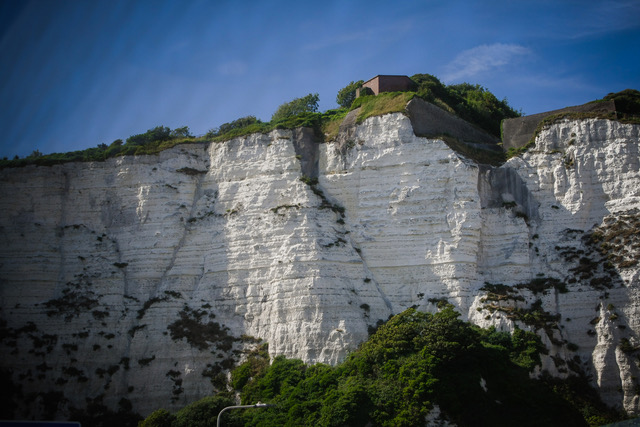
If you are not self-aware? Then you will find this energy to be completely chaotic and upsetting because there will be ongoing emotional situations you must face that are stressful to your daily work and living habits. In my observation, these types of people tend to move out of a sedimentary area fairly quickly. An example of this is Sedona, Arizona. Its soil and landscape was created from iron rich sandstone. I’ve lived in this area for over thirty years and I can tell you that people who are not self-aware usually leave the area within six months of moving here because the emotional upheaval it causes is simply too much for them to deal with on a daily basis.
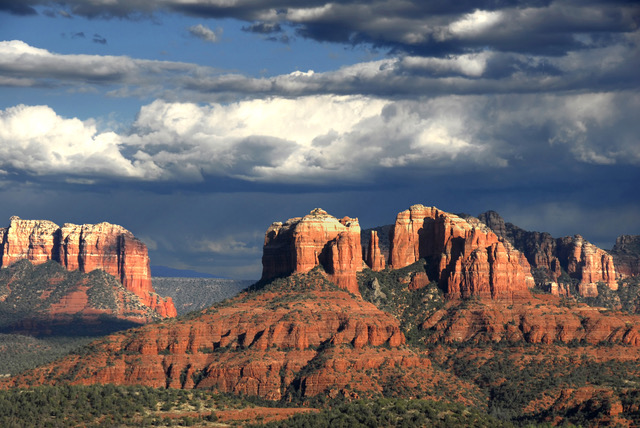
Sedimentary rocks also wear away the fastest under weather conditions. Emotionally, a sedimentary-type person can’t handle constant stress or pressure, or they will break, dissolve, and wear down quickly. Hence, the “six-monthers” who come to the Sedona region, find the emotional demands on them overwhelming, and leave.
Sedimentary rock colors can range from red (due to iron content) to gray, brown, or orange. If there’s a lot of organic material present, they can be black or gray (like coal). Of course, there are exceptions to this, so double check online to find out more about the immediate landscape where you live. Sedimentary rock is found in beds or strata. Think of the Arizona desert, which is “old” ocean. Millions of years ago, most of the middle of the USA was filled with a shallow ocean, leaving us with lots of this type of rock. The strata can be seen clearly around the Sedona area, Bell Rock, Cathedral Rock, and many other iconic buttes of red sandstone in this area. If you go into Oak Creek Canyon north of Sedona, you will see the beds and strata of sandstone mixed with sedimentary carbonate limestone in white, cream, or yellow-white coloration.
Sedimentary rock regions in the world can be part of your healing process if you want to become a better, more energetically balanced human being. If you don’t want to work on your emotional wounding, then sedimentary rock areas are not for you. It’s always a choice on your part.
[1] (Sandatlas, 2018)
Photo Credit: Deposit Photos
